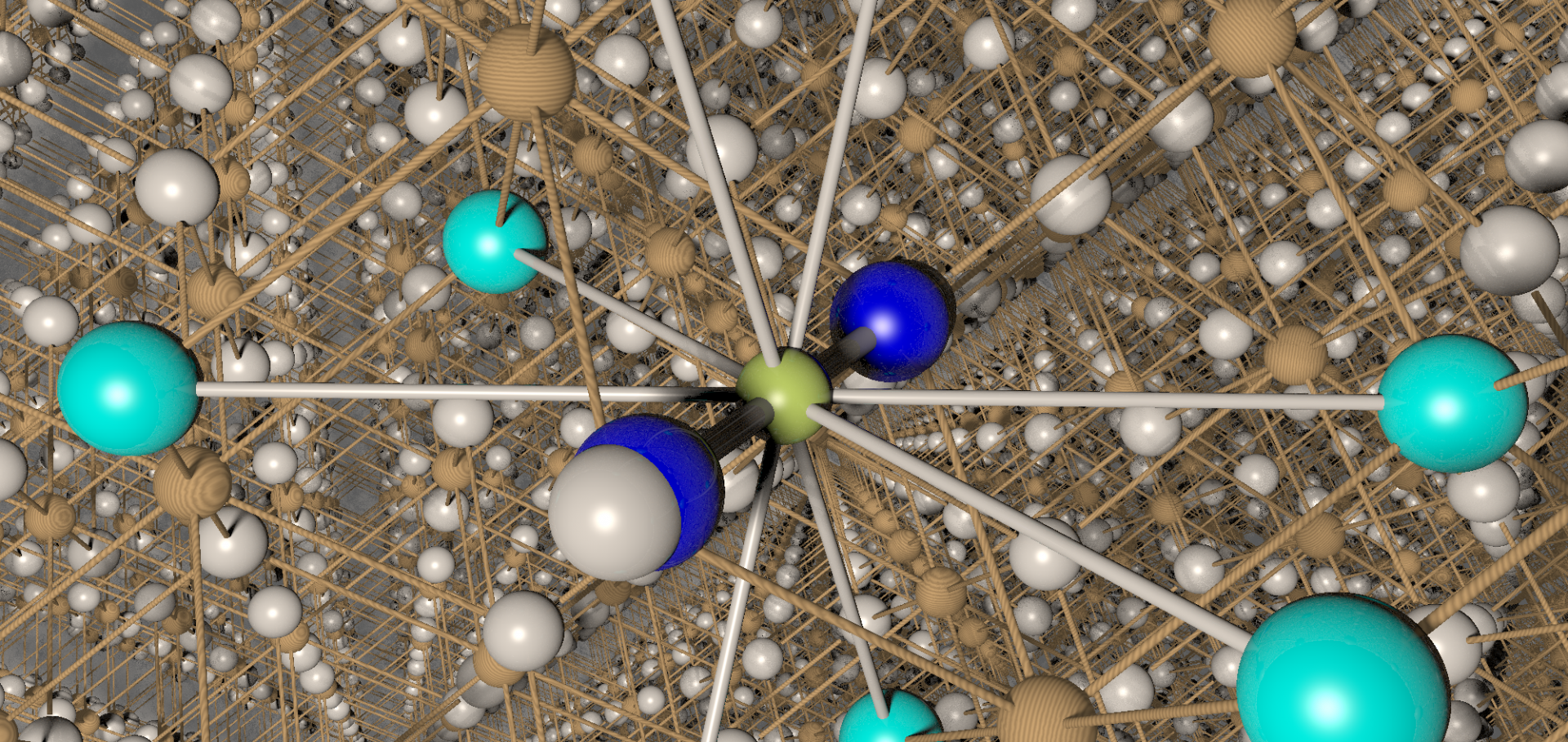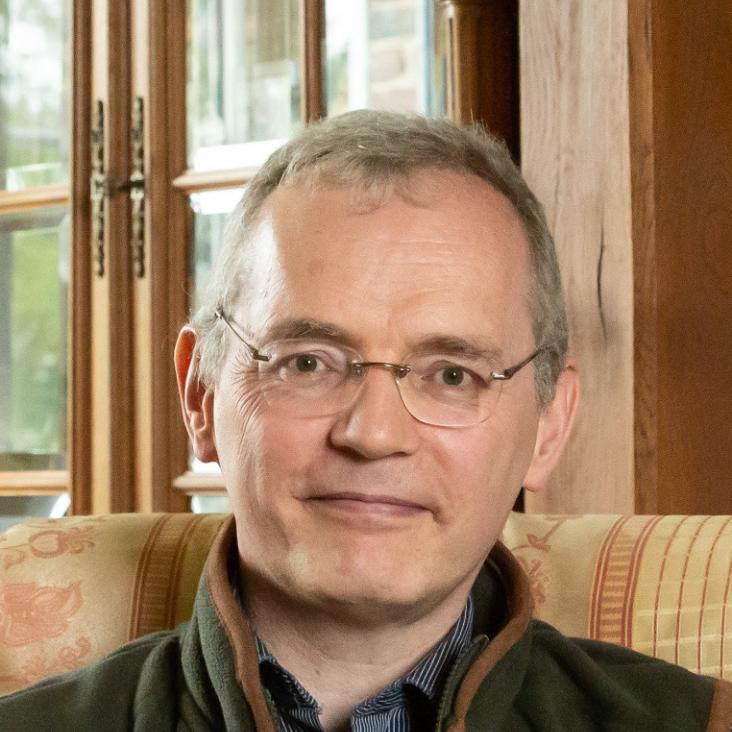Fermi surface traversal resonance in metals: Two theories and an experiment
P SOC PHOTO-OPT INS 3828 (1999) 366-377
Abstract:
Fermi-surface traversal resonance (FTR) is caused by the periodic motion of carriers in a magnetic field across open sections of Fermi surface (FS). Owing to the warping of the FS, the real space velocities of the carriers oscillate, generating resonances in the high frequency conductivity which may be described by a semiclassical model. A rectangular resonant cavity, oscillating at 70 GHz, which can rotate in the external magnetic field, has been used to confirm the existence of the effect in the organic metal alpha-(BEDT-TTF)(2)KHg(SCN)(4). The data contain a great deal of information about the FS, including the direction and anharmonicity of warping components. A quantum mechanical model is presented which predicts all of the features of FTR appearing in the semiclassical model. This confirms that FTR is a fundamental property of few-dimensional systems, existing under a very wide range of conditions.Muon-spin-rotation studies of organic magnets - Discussion
PHILOSOPHICAL TRANSACTIONS OF THE ROYAL SOCIETY A-MATHEMATICAL PHYSICAL AND ENGINEERING SCIENCES 357:1762 (1999) 2936-2937
Several kinds of aminoxyl radicals and their metal ion complexes
MOL CRYST LIQ CRYST 334 (1999) 477-486
Abstract:
Recent results of magnetization, magnetic susceptibility and muon spin rotation/relaxation (mu SR) measurements of some organic neutral radicals based on aminoxyl and their anion radical complexes with alkali and transition metal cations are reported. Ferromagnetic intermolecular interactions, coexistent with antiferromagnetic ones, in several carboxyaryl nitronyl nitroxide radicals are affected by inserting alkali metal ions, while the incorporation of transition metal ions result in complex behavior suggesting in part ferromagnetic interactions. Temperature dependence of spontaneous magnetization of TANOL suberate in the ordered state, obtained through the results of ASR measurements, is characteristic of a two-dimensional magnetic lattice, consistent with that of magnetic susceptibility above the ordering temperature.A new kind of magnetic resonance observed in the organic molecular metal alpha-(BEDT-TTF)(2)KHg(SCN)(4)
PHYSICA B 256 (1998) 649-653
Abstract:
We experimentally demonstrate a mechanism for a new kind of magnetic resonance, the Fermi-surface traversal resonance (FTR). This is caused by the periodic traversal of carriers across quasi-one-dimensional (Q1D) sections of Fermi surface (FS) in an external magnetic field. Owing to the warping of the Q1D Fermi sheets, the real space velocities of the carriers oscillate as they cross the FS, generating resonances in the high frequency conductivity of the material. The results contain information about the FS, including the direction and harmonic content of the warping components. Using a rotating resonant-cavity system, FTRs have been observed in alpha-(BEDT-TTF)(2)KHg(SCN)(4). (C) 1998 Elsevier Science B.V. All rights reserved.Studies of implanted muons in organic radicals
Journal of Physics Condensed Matter 10:47 (1998) 10701-10713


